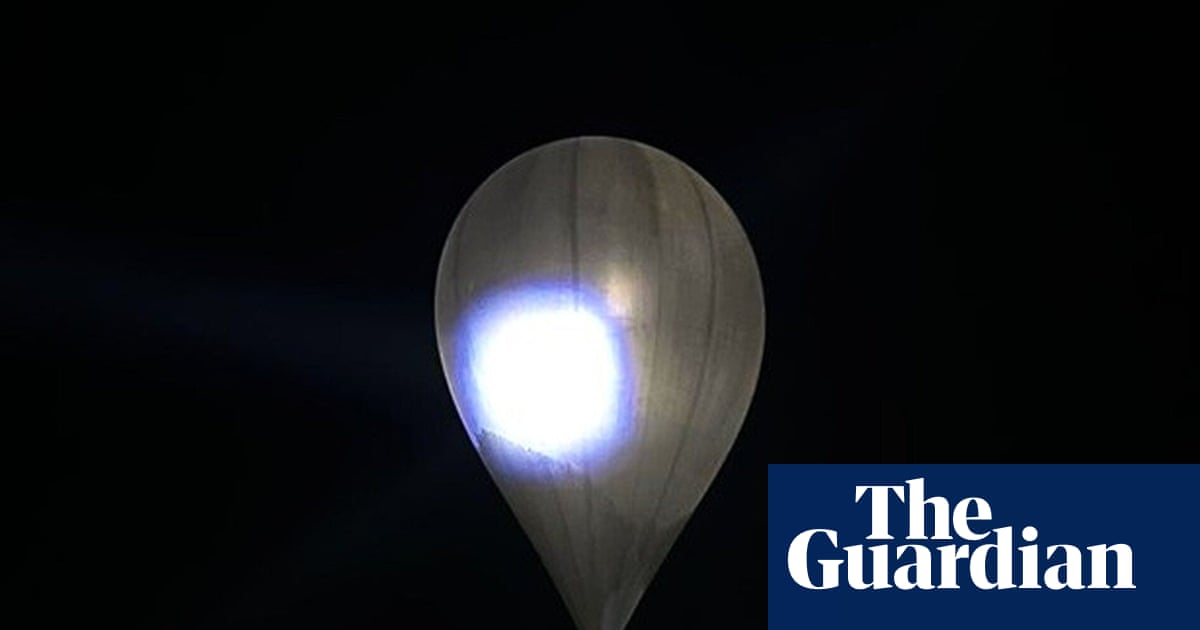Many modern living rooms are now dominated by a huge television, but researchers say there might be little point in plumping for an ultra-high-definition model.
Scientists at the University of Cambridge and Meta, the company that owns Facebook, have found that for an average-sized living room a 4K or 8K screen offers no noticeable benefit over a similarly sized 2K screen of the sort often used in computer monitors and laptops. In other words, there is no tangible difference when it comes to how sharp an image appears to our eyes.
“At a certain viewing distance, it doesn’t matter how many pixels you add. It’s just, I suppose, wasteful because your eye can’t really detect it,” said Dr Maliha Ashraf, the first author of the study from the University of Cambridge.
Ashraf and colleagues, writing in the journal Nature Communications, report how they set about determining the resolution limit of the human eye, noting that while 20/20 vision implies the eye can distinguish 60 pixels per degree (PPD), most people with normal or corrected vision can see better than that.
“If you design or judge display resolution based only on 20/20 vision, you’ll underestimate what people can really see,” Ashraf said. “That’s why we directly measured how many pixels people can actually distinguish.”
The team used a 27in, 4K monitor mounted on a mobile cage that enabled it to be moved towards or away from the viewer. At each distance, 18 participants with normal vision, or vision corrected to be normal, were shown two types of image in a random order. One type of image had one-pixel-wide vertical lines in black and white, red and green or yellow and violet, while the other was just a plain grey block. Participants were then asked to indicate which of the two images contained the lines.
“When the lines become too fine or the screen resolution too high, the pattern looks no different from a plain grey image,” Ashraf said. “We measured the point where people could just barely tell them apart. That’s what we call the resolution limit.”
The researchers found the human eye can resolve more detail than commonly thought, revealing the average was 94 PPD for greyscale images viewed straight on, while for red and green patterns it was 89 PPD. For yellow and violet patterns it was lower, at 53 PPD.
In another experiment, 12 of the participants were presented with white text on a black background and vice versa, again at various distances, and were asked to indicate when the text looked as sharp as a sharp reference version.
“The resolution at which people stopped noticing differences in text matched what we saw with the line patterns,” Ashraf said.
The researchers have released a chart that shows different screen sizes and viewing distances, along with the nearest standard resolution that reaches or slightly exceeds the visual limit for most people.
“In other words, if your setup falls into one of those squares, you wouldn’t gain any visible benefit from going higher,” Ashraf said.
The team have also created a free online calculator that allows users to enter their viewing distance along with the size and resolution of their screen, with the results indicating whether the setup is above or below the resolution limit of the human eye. As a result, users can explore whether a higher-resolution screen with more pixels would make a difference to what they see.
“If someone already has a 4K, 44-inch TV and watches it from about 2.5 metres away, that’s already more detail than the eye can see,” Ashraf said. “Upgrading to an 8K version of the same size wouldn’t look any sharper.”

 4 hours ago
7
4 hours ago
7

















































